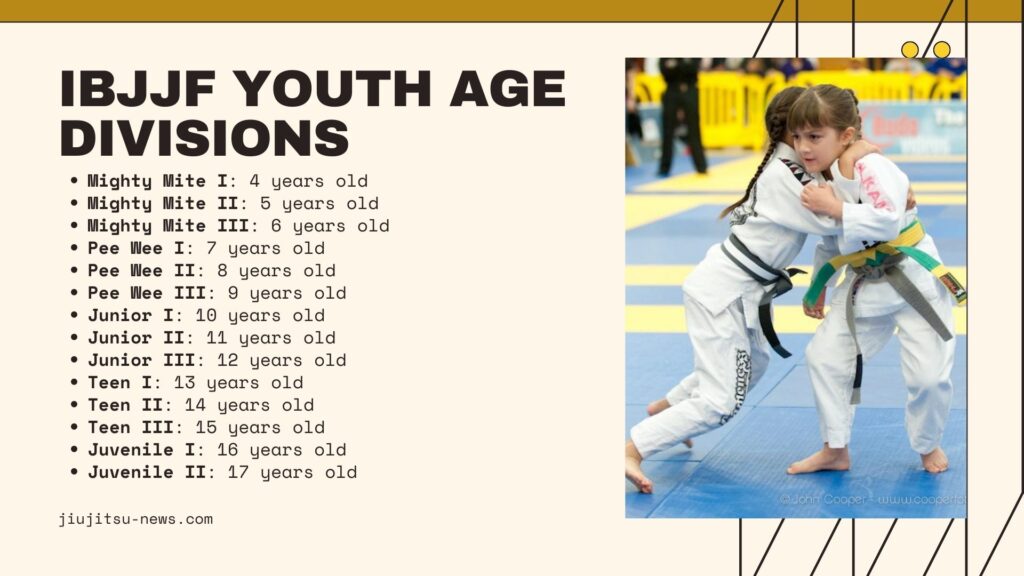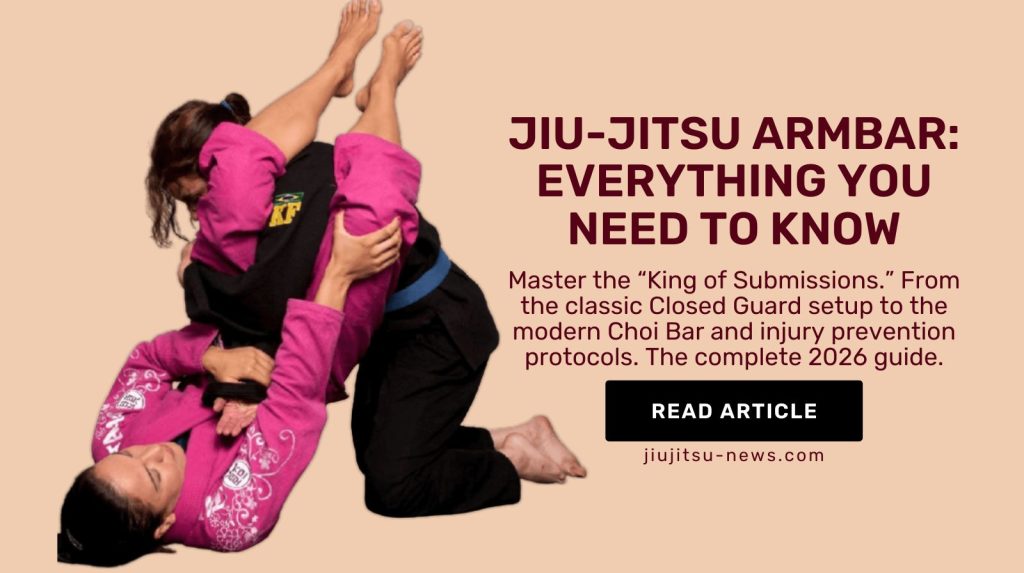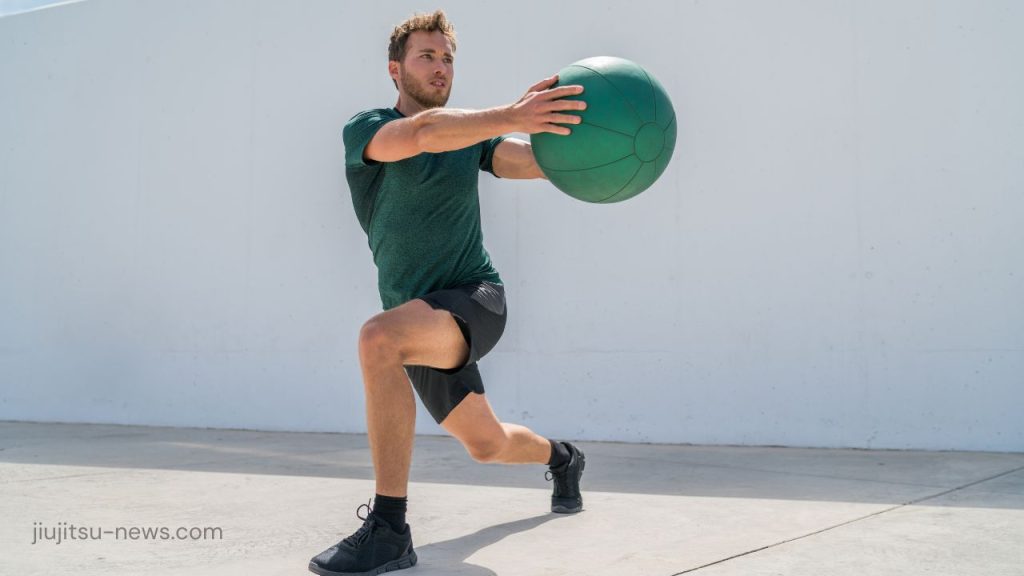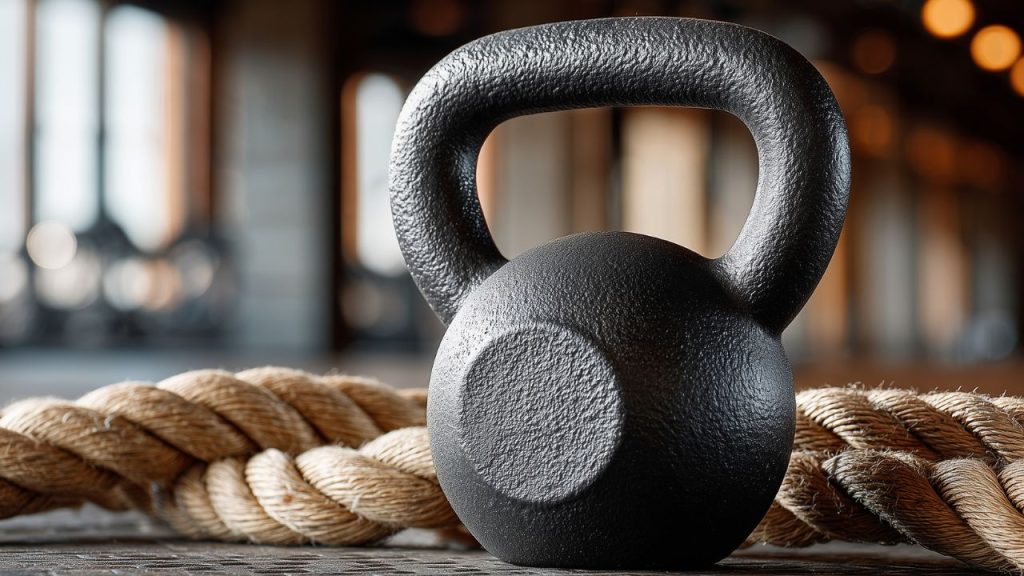Mastering IBJJF Age Divisions: 2025 Guide
Understanding age divisions is crucial for fair competition. A complete breakdown of Kids, Juvenile, Adult, and Masters birth years to help you find your bracket.
Understanding the IBJJF age divisions is crucial for jiu-jitsu athletes competing under this renowned federation’s rules. This guide will walk you through the different age categories, helping you find where you or your trainees best fit in the competitive landscape of Brazilian Jiu-Jitsu.
Crucial Rule: IBJJF determines your age by the year you were born, not your actual birthday. If you turn 30 in December 2025, you are considered 30 for the entire year of 2025 (Master 1).
IBJJF Youth Age Divisions (Updated)

For younger athletes, the IBJJF offers distinct categories catering to developmental stages. These divisions ensure children compete against peers of similar physical maturity.
| Division Name | Age (Current Year) | Birth Year (For 2025) |
|---|---|---|
| Mighty Mite I | 4 years old | Born 2021 |
| Mighty Mite II | 5 years old | Born 2020 |
| Mighty Mite III | 6 years old | Born 2019 |
| Pee Wee I | 7 years old | Born 2018 |
| Pee Wee II | 8 years old | Born 2017 |
| Pee Wee III | 9 years old | Born 2016 |
| Junior I | 10 years old | Born 2015 |
| Junior II | 11 years old | Born 2014 |
| Junior III | 12 years old | Born 2013 |
| Teen I | 13 years old | Born 2012 |
| Teen II | 14 years old | Born 2011 |
| Teen III | 15 years old | Born 2010 |
| Juvenile I | 16 years old | Born 2009 |
| Juvenile II | 17 years old | Born 2008 |
Adult and Masters Divisions (2025)

Once an athlete turns 18 (by birth year), they enter the Adult division. From age 30 onwards, athletes can choose to compete in the prestigious Masters divisions.
Born 2007 – 1996
Born 1995 – 1990
Born 1989 – 1985
Born 1984 – 1980
| Division | Age Range | Birth Year (For 2025 Season) |
|---|---|---|
| Adult | 18-29 years | Born 2007 and before |
| Master 1 | 30-35 years | Born 1995 and before |
| Master 2 | 36-40 years | Born 1989 and before |
| Master 3 | 41-45 years | Born 1984 and before |
| Master 4 | 46-50 years | Born 1979 and before |
| Master 5 | 51-55 years | Born 1974 and before |
| Master 6 | 56-60 years | Born 1969 and before |
| Master 7 | 61+ years | Born 1964 and before |
Why Do Age Divisions Matter?

Age divisions in BJJ competitions recognize the changes in physical capabilities and recovery rates as athletes age. They allow older competitors to continue their sports journey competitively and enjoyably, facing peers with similar life experiences.
Pro Tip: You can always compete “down” in age but never “up.” A 40-year-old (Master 2) can choose to compete in Adult (18-29) for a harder challenge, but an Adult (25) cannot compete in Masters.
Beyond Age: Weight and Rank

In addition to age categories, IBJJF tournaments classify competitors based on weight and belt rank. This trifecta (Age + Weight + Belt) creates your specific competition bracket.
⚖️ Weight Divisions
Meticulously structured from Rooster to Ultra-Heavy. Remember, Gi weight classes include the uniform weight!
🥋 Rank Divisions
Separate competitors by belt color (White to Black). Sandbagging (competing at a lower belt than your skill level) is strictly monitored.
Conclusion

The IBJJF’s age divisions provide a well-organized system that promotes inclusivity and competition integrity across all ages. Competitors can enhance their BJJ journey by understanding and utilizing these divisions, ensuring they face appropriate challenges and continue to grow in the sport.
Whether you’re a budding young fighter in the Teen division or a seasoned Master 4 competitor, the IBJJF offers a place to shine and test your skills on the mats.






